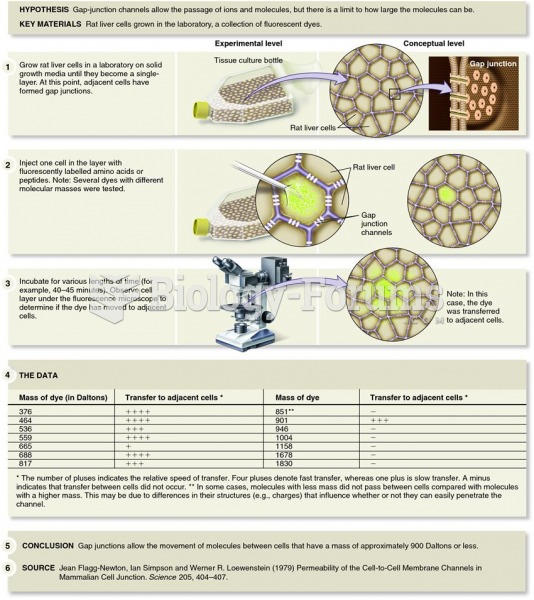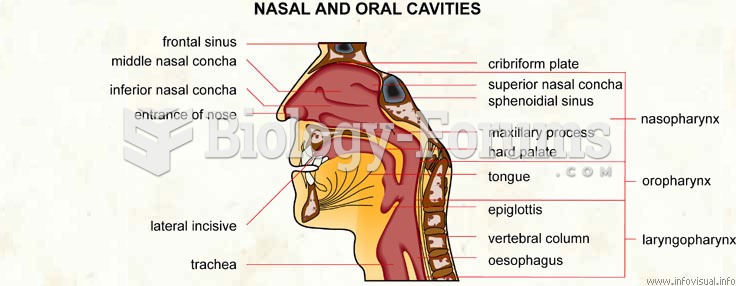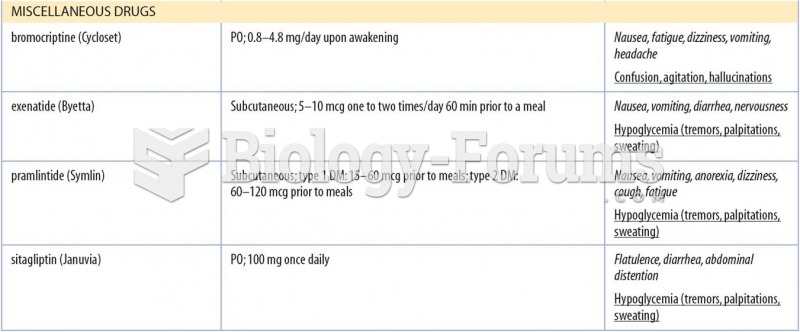Answer to Question 1
ANS: B, C, D
In retrospective studies, both the proposed cause and the proposed effect have already occurred. In a prospective cohort study, causes may have occurred, but the proposed effect has not. When both cause and effect have occurred prior to the initiation of the study, the research is referred to as non-interventional: the researcher did nothing to the research subjects. Descriptive and correlational designs examine variables in natural environments, such as home, and do not include researcher-designed treatments or interventions. Quasi-experimental and experimental designs examine the effects of an intervention by comparing differences between groups that have received the intervention and those that have not received the intervention. Retrospective research examines data collected in the past, typified by review of medical records. Retrospective research may be either correlational or descriptive in nature.
Answer to Question 2
ANS: A, C
Quasi-experimental and experimental designs examine causality. The power of the design to accomplish this purpose depends on the extent to which the actual effects of the experimental treatment (the independent variable) can be detected by measuring the dependent variable. Quasi-experimental study designs were developed to provide alternative means of examining causality in situations not conducive to experimental controls. Experimental research must use random assignment to group, and it must have a true control group.







